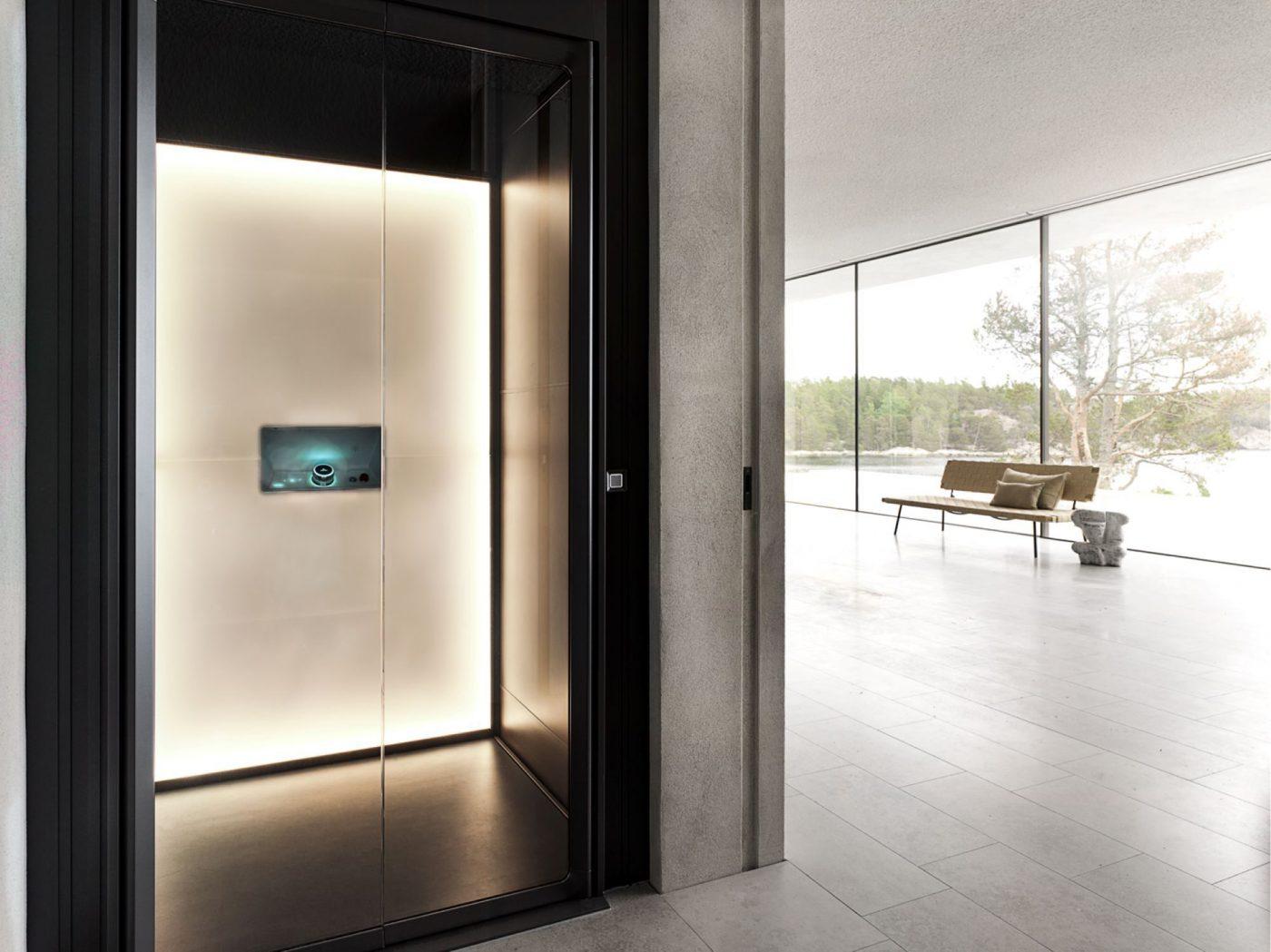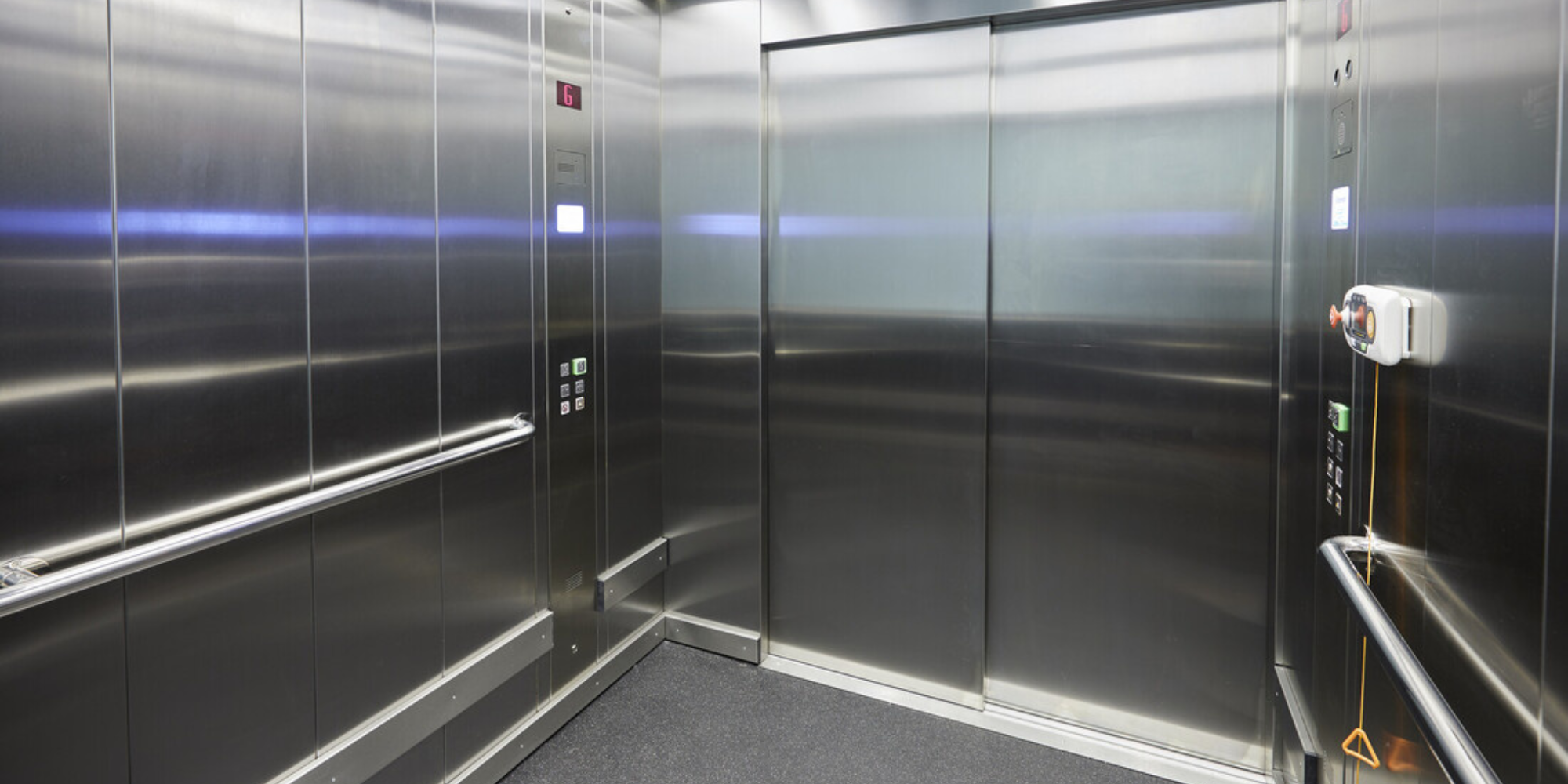Discover the Best Disabled Platform Lifts Prices UK for Residential and Commercial Use
Discover the Best Disabled Platform Lifts Prices UK for Residential and Commercial Use
Blog Article
Unwinding the Complexities of Lift Modern Technology: Troubleshooting Common Problems Throughout Lift Versions
In the world of lift innovation, a myriad of details usually exist under the surface of what seems a simple mechanism. From slow-moving procedure problems to strange sounds originating from the equipment, fixing usual problems throughout numerous lift versions requires a keen eye for detail and a systematic strategy - repair and maintenance services. As we start this journey to unwind the intricacies that can pester these necessary gadgets, a much deeper understanding of the internal operations and prospective challenges of lift innovation is essential. Stay tuned as we browse through the maze of lift breakdowns, looking for remedies to the enigmatic issues that can disrupt the smooth functioning of these vital apparatuses.
Identifying Slow Procedure Issues

Next, check the electric links to make certain that all components are appropriately attached and operating. Damaged electrical wiring or loosened connections can cause slow down procedure or total breakdown of the lift system. In addition, it is necessary to test the control system to determine if the issue depends on the programming or sensing units.
If the aesthetic examination and electric checks do not expose the root cause of the slow operation, more analysis tests may be necessary. These could consist of stress tests for hydraulic systems, voltage tests for electric parts, or running analysis software application for the control system. repair and maintenance services. By following a systematic approach to repairing sluggish operation issues, you can successfully recognize and fix the problem, guaranteeing the lift operates securely and efficiently
Dealing With Weird Sounds
To effectively fix lift modern technology for strange sounds, a detailed examination of the lift elements complying with the recognition of slow operation problems is necessary. Strange noises in lifts can be a sign of underlying issues that need punctual focus to ensure the safety and dependability of the system.
Moreover, it is critical to refer to the lift producer's maintenance guidelines and seek help from certified professionals when dealing with complex lift elements or unknown troubleshooting procedures. By immediately addressing strange sounds and resolving underlying issues, lift drivers can make sure the ideal performance and safety of the lift system for passengers and operators.
Managing Faulty Control Troubles
An effective approach for attending to defective control problems in lift innovation involves performing a detailed assessment of the control system's parts and functionality. When encountering problems with lift controls, it is essential to initial check for any kind of loose links, damaged circuitry, or malfunctioning sensors. Validating that all control display screens, buttons, and keypads are working appropriately is also necessary in diagnosing the issue properly.
If no visible problems are apparent, service technicians should proceed to check the control board for any indications of water rust, damages, or getting too hot, as these can typically bring about control breakdowns. Furthermore, resetting the control system or upgrading the software program may aid fix specific problems or pests causing the problem.

Tackling Hydraulic System Malfunctions
The performance of hydraulic systems in lifts depends greatly on the appropriate performance of different components within the system. When hydraulic systems malfunction in lifts, it can lead to operational disturbances and security problems. One typical concern is hydraulic fluid leak, which can occur because of damaged seals, loose links, or damaged cylinders. To tackle this trouble, specialists need to conduct a complete evaluation to determine the resource of the leak and replace any kind of faulty elements without delay.
One more constant hydraulic system breakdown is a loss of pressure, which can result from air going into the system, liquid contamination, or pump inadequacies. Technicians can address this by bleeding the system to eliminate air, changing infected liquid, or servicing the pump as needed. Furthermore, abnormalities in hydraulic liquid degrees or uncommon sounds throughout lift procedure might indicate underlying system malfunctions that require immediate interest to stop more damages. Normal upkeep and prompt troubleshooting of hydraulic system concerns are critical to ensuring the safe and efficient operation of lift technology.
Handling Electric Component Failures
Dealing with electric element failings in disabled platform lifts prices uk lift innovation demands a methodical approach to detecting and solving issues to keep operational performance and security requirements. When coming across electrical troubles in lift systems, it is vital to initial perform an extensive examination of the electric elements, consisting of control board, electrical wiring, sensing units, and motherboard. Any kind of indicators of damage, rust, loosened connections, or burnt aspects ought to be thoroughly kept in mind and dealt with quickly to protect against more issues.
In the instance of electric component failures, it is important to adhere to maker standards for troubleshooting and repair work procedures. This may include evaluating the parts making use of multimeters, oscilloscopes, or other analysis devices to pinpoint the specific resource of the malfunction. Furthermore, having a comprehensive understanding of the lift's electric schematics and circuitry layouts can aid in determining and rectifying issues successfully.
Regular upkeep and examination schedules can aid avoid electric failings by spotting potential issues at an early stage. Correct training for lift specialists on electric systems and components is likewise crucial to make certain accurate diagnosis and efficient resolution of electrical issues, inevitably adding to the total safety and reliability of lift operations.
Conclusion
In final thought, fixing lift innovation needs a methodical technique to recognize and resolve usual troubles such as slow-moving procedure, weird sounds, malfunctioning controls, hydraulic system breakdowns, and electric element failures. By comprehending the complexities of lift technology and following proper repairing actions, professionals can properly settle concerns and make sure the reliable and risk-free operation of lifts across numerous versions.
To successfully fix lift innovation for weird noises, a comprehensive evaluation of the lift parts following the identification of slow operation concerns is essential. Weird sounds in lifts can be a sign of underlying problems that call for timely attention to make sure the security and reliability of the system.A reliable technique for addressing damaged control issues in lift modern technology includes conducting a thorough evaluation of the control system's parts and performance.The effectiveness of hydraulic systems in lifts depends heavily on the appropriate functioning of different parts within the system. repair and maintenance services. When coming across london lift company electrical issues in lift systems, it is crucial to initial conduct a complete evaluation of the electric components, including control panels, circuitry, sensors, and circuit boards
Report this page